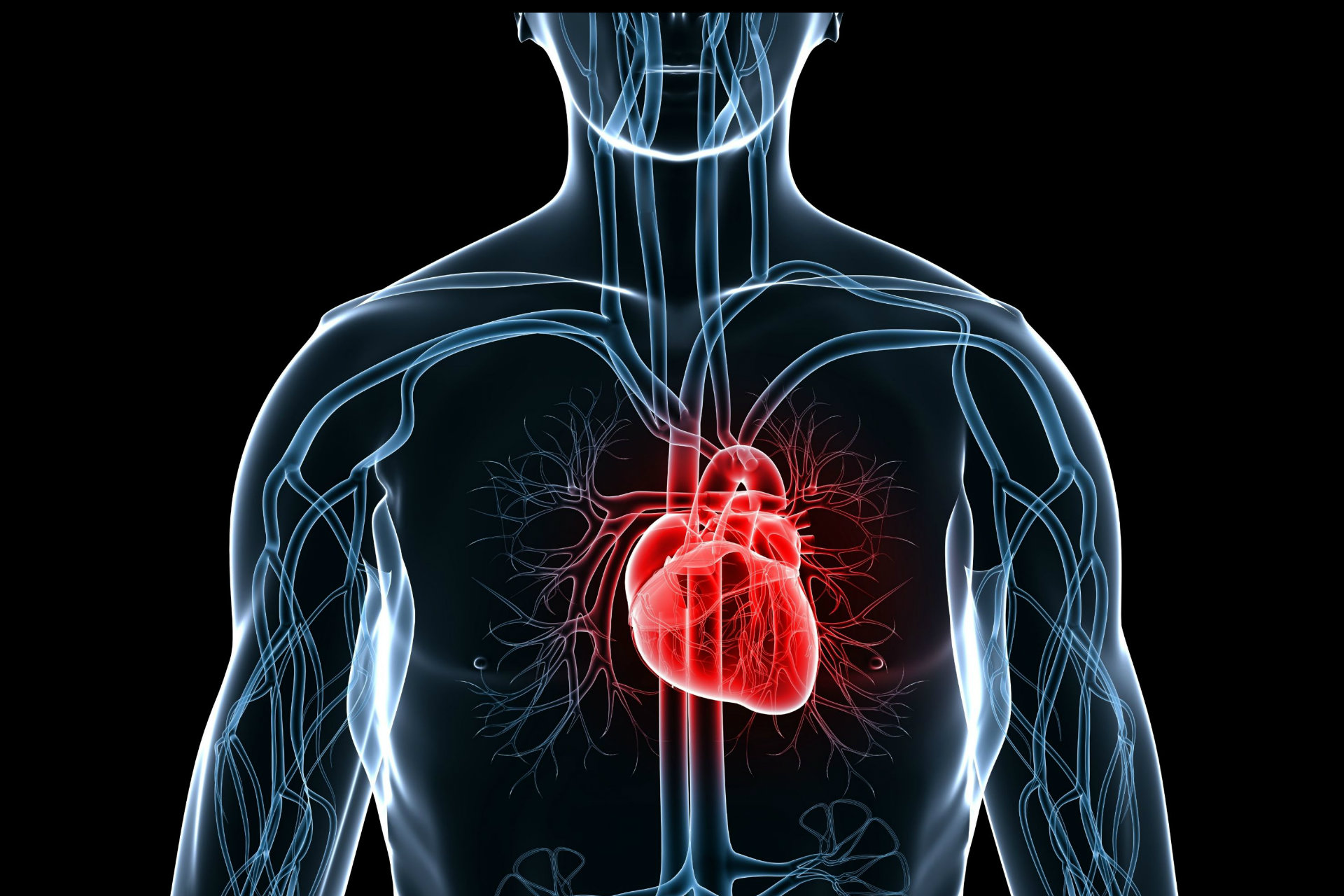The Aurora project mission
Cardiovascular disease is responsible for one in every four deaths worldwide — our mission is to make this deadly disease preventable. We developed wearable devices that can detect the early signs of heart disease so that interventions can be taken years before external symptoms become apparent. We combine wearable design, novel sensors, signal processing, and machine learning to deliver a new generation of devices for improving cardiovascular health.
A novel approach to cardiovascular monitoring
Cardiovascular healthcare today depends on in-clinic measurements taken just a few times a year — sparse snapshots of a patient’s overall well-being. Continuous monitoring can give us a much more complete picture, but merely tracking signals introduces too many behavioral unknowns to support clinical decisions. Fortunately, recent advances in context recognition and behavior analysis are creating an opportunity to transform our approach to many health conditions. By combining wearable physiological sensors with advanced algorithms, our group seeks to derive unprecedented levels of insight from continuous, ambulatory health data.
To make this vision a reality, we’re leveraging our key areas of technical expertise:
Novel sensors and sensor technologies are essential to monitoring cardiovascular signals effectively in ambulatory settings.
Signal processing and machine learning allow us to make sense of the raw signals, from determining fundamental measurements to extracting actionable insights and long-term patterns.
Finally, wearable design, from the embedded system development and hardware to the final fit and finish, allows us to combine all of this into an ergonomic, wearable package.
The Aurora-BP study
We collected simultaneous sensor data from our novel wearable devices and in-lab and ambulatory blood pressure measurements from over 1000 diverse participants. This Aurora-BP study dataset represents the largest known collection of simultaneous tonometry, photoplethysmography (PPG), electrocardiography (ECG), accelerometry, and blood pressure measurements. It also provides the first example of semi-continuous tonometry over a 24-hour period.
Using machine learning to analyze the novel sensor data, we estimated both in-lab and ambulatory blood pressure. Tonometry-derived features showed superior performance compared to other feature groups and baselines.
We intentionally recruited a gender-balanced diverse set of participants spanning a large range of ages and hypertensive status. We found the inclusion of older and hypertensive subpopulations critical to estimating real-world performance, as blood pressure prediction performance was much stronger in young and normotensive subpopulations. This is important because, historically, cuffless blood pressure devices have mainly evaluated performance based on small populations of young and healthy participants.
We are making the full dataset publicly available. This public dataset including complete sensor and blood pressure measurement data, derived features, and de-identified participant data will aid in future cardiovascular research.

